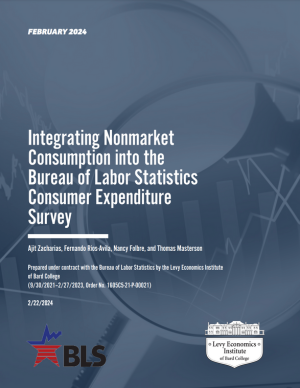
Publications
Working Paper No. 1039
| February 2024
Can the Philippines attain 6.5–8 Percent Growth During 2023–28?
An Assessment Based on the Estimation of the Balance-of-Payments–Constrained Growth Rate
We expand the standard balance-of-payments–constrained (BOPC) growth rate model in three directions. First, we take into account the separate contributions of exports in goods, exports in services, overseas remittances, and foreign direct investment (FDI) inflows. Second, we use state-space estimation techniques to obtain time-varying parameters of the relevant coefficients. Third, we test for the endogeneity of output in the import equation. We apply this framework to assess the feasibility of the target set by the new Philippine administration of President Marcos (elected in 2022) to attain an annual GDP growth rate of 6.5–8 percent during 2024–28. We obtain an estimate of the growth rate consistent with equilibrium in the basic balance of the Philippines of about 6.5 percent in 2021 (and declining during the years prior to it). This BOPC growth rate is below the 6.5–8 percent target. We also find that exchange-rate depreciations will not lead to an improvement in the BOPC growth rate. The Philippines must lift the constraints that impede a higher growth of exports. In particular, it must shift its export structure toward more sophisticated products with a higher income elasticity of demand.

